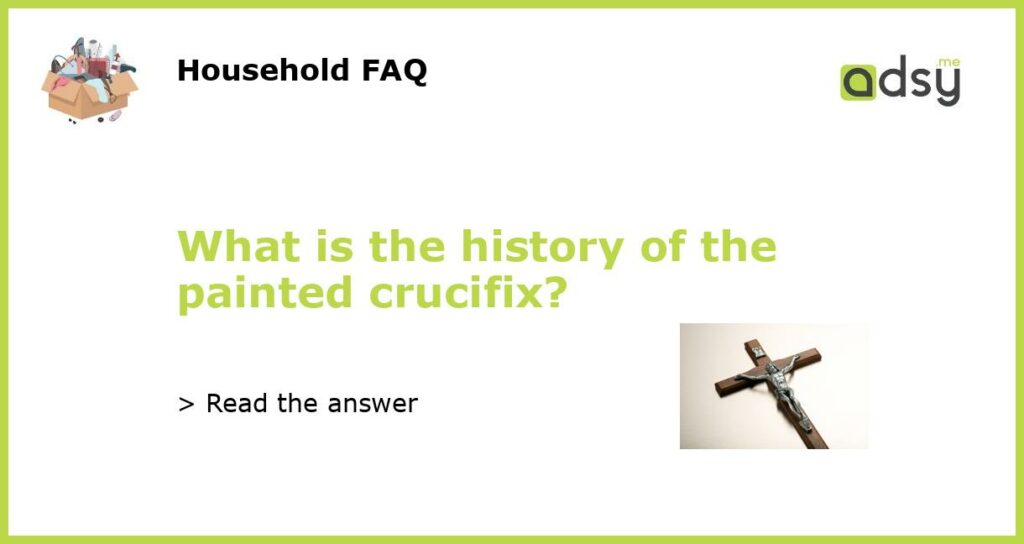The early days of the painted crucifix
Painted crucifixes trace their roots back to the early days of Christianity. In the 4th century, Emperor Constantine permitted the public worship of Christ and thus, the use of painted crosses and crucifixes began. The early paintings were simple and symbolic, representing the death and resurrection of Jesus Christ.
The rise of Gothic painting
The Gothic era saw a rise in the popularity of painted crucifixes. The paintings were realistic and vividly depicted the sufferings of Christ on the cross. Painters like Giotto, Cimabue, and Duccio were at the forefront of the Gothic movement and their works are still admired today. The crucifixion became a popular theme not only in religious art but also in secular works reflected by the da Vinci’s The Last Supper.
The Baroque period and the painted crucifix
The Baroque period witnessed a new wave of painting techniques and the painted crucifix became more dramatic and expressive. Caravaggio, known for his use of chiaroscuro technique, created a powerful image of Christ on the cross in his painting ‘The Entombment of Christ’. During this period of art, the focus shifted from the sufferings of Christ to his divinity.
The modern era and the painted crucifix
Modern art movements like Impressionism, Cubism, and Surrealism did not have much use for religious themes in their paintings. However, the contemporary period has seen a resurgence of interest in religious art and the painted crucifix has once again taken center stage. Modern artists like Marc Chagall, Salvador Dali, and Andrei Rublev have created some famous pieces.
The painted crucifix today
Today, painted crucifixes are still widely used in churches and other religious establishments. They have come a long way from their humble beginnings in the 4th century and have gone through several transformations throughout history. Whether they are realistic or symbolic, painted crucifixes continue to be an integral part of Christian art and have inspired countless artists over the centuries.






